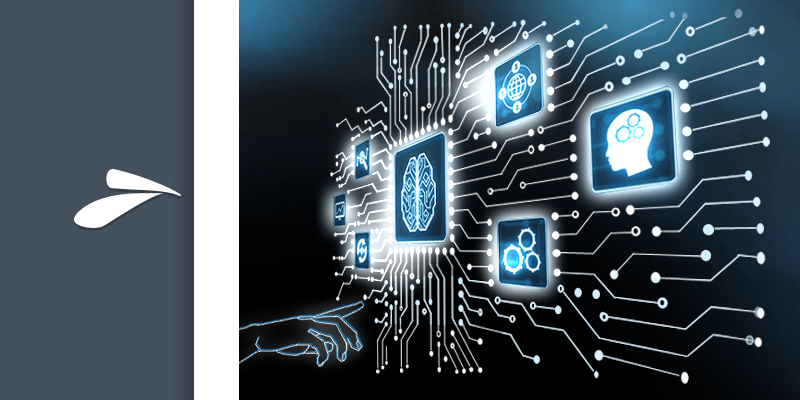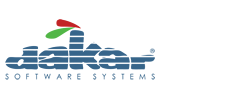
16 Jan Machine Learning In Human Resources
Machine learning is a concept that allows a machine to automatically learn from past data, without being programmed explicitly. Machine learning is considered to be a subset of Artificial Intelligence (AI), which in the broader sense can be defined as:
A branch of computer science by which we can create intelligent machines which can behave like a human, think like a human and able to make decisions.
Some examples of AI that most of us will be familiar with are:
Smart assistants like Siri from Apple;
Self-driving cars;
Manufacturing robots;
Social media monitoring.
Human resource departments have been slow to pick up on the benefits of using machine learning applications, mainly due to a lack of quality algorithms and a gap between promise and reality. However, thanks to advances in the algorithms used, the value of machine learning in HR can now be measured.
This article explores how machine learning can be used to help HR departments with one of their biggest challenges: recruitment.
Applicant Tracking and Recruitment
Applicant Tracking Systems (ATS) probably top the list of the most commonly used machine learning tools used in HR. An ATS is primarily used to recruit employees electronically. It should reduce the complexity of hiring an employee by providing a centralised platform to post jobs, track candidates, schedule interviews and manage the rest of the recruitment life cycle.
Offer Management
A successful candidate can be sent an electronic offer from a template of the company’s choosing. The candidate can sign with an e-signature, making the whole process quick and seamless, and potentially stealing a march on the competition.
Interview Planning
The ATS is linked to the recruiter’s email application. Thus simplifying the challenge of marrying the recruiters’ and team members’ schedules to that of the candidate.
Job Posting
Jobs can be posted to myriad boards, publications, recruitment companies etc. with a single click.
Onboarding
The onboarding process can be customized and monitored, usually using the app’s dashboard.
Interview Execution
For some candidates I’m sure it feels like an execution but in all seriousness, the actual interview can, at times, have a haphazard approach.
An Applicant Tracking System aims to inject some methodology into the process by creating structured interview questions based on the job posting and the applicant.
Candidate Tracking
Candidate tracking is at the heart of any good ATS.
All HR departments will have experienced the pain of a mailbox stuffed full of Resumes. The ATS will salve the pain by sorting the Resumes into those that meet the criteria in the job posting. These talents will be moved to a single platform ready for the next stage in the life cycle.
So Why Use an ATS?
We’ve introduced the basic concepts of an ATS, but why is it important and who should use it?
As we can see from the graphic below 70% of large companies are already using an ATS and this jumps to 90% for Fortune 500 companies.
This is partly due to the fact that larger companies by their nature will hire more staff. But it could also be that small to medium sized businesses either do not see the value of an ATS or are unwilling to invest in the technology.
So Why Use an ATS?
Recooty
Source: Medium
All companies strive for fast and effective processes and recruitment certainly falls into that category. When a position is left open for too long it can damage the company and may have a knock-on effect with other employees. However, it’s no good just hiring someone for the sake of filling the role. In the long term this can be more damaging.
This is where ATS can help companies of all sizes.
Initial Screening
CV screening is estimated to take up to 23 hours per hire and if between 75% – 88% of applications are unqualified for the role wouldn’t it be better to automate the process with an ATS.
Source: Ideal
An ATS can be set up to filter candidates based on many different criteria.
Cost
The cost of acquiring talent is rising. It used to be that just submitting an application signalled serious intent on the part of the candidate.
However, in today’s world the next application is ‘only one click away’, meaning applicants are less discriminating at the point they apply. The recruiter has no idea of the candidate’s level of commitment until the screening process is complete (perhaps not even then).
Much better then to save the expense and weed out unqualified, unsuited candidates as soon as possible.
Time
‘Time is money’, there’s no bigger cliché in business, but it’s of greater importance now than in the 18th century when it was first coined.
Time saved on recruiting obviously saves the company money.
However, there is another, often overlooked aspect to timeliness in recruiting. If a company advertises to fill a role and they receive 250 applications, 80% of which we already know will be unsuitable, how long does it take to screen the applicants? And what of the efficacy of the screening?
The answer to these questions obviously depends on the individual company but we all know that this is not a trivial exercise and as humans we are likely to make mistakes.
It’s estimated that the ‘best and brightest’ talent is available for 10 days. If HR is overwhelmed with the initial screening, good talent will be left waiting for feedback and eventually go elsewhere, possibly with a negative view of the company that they pass on to others.
Bias
No matter how unpalatable it’s a reality that bias can creep into the recruitment process. This normally manifests itself as unconscious preferences, rather than outright sexism, racism, ageism etc.
As Dr Dolly Chugh expresses:
So by using ATS we can eliminate any unintended bias, certainly in the initial screening.
This can be taken on step further.
In some parts of the world, certain industries are required to implement Affirmative Action in recruitment. Some Applicant Tracking Systems link directly to external sources to ensure that the company is compliant with the latest regulations.
Finally
The chart below backs up the words with some stats. We can see that companies using an ATS report a decreased unproductive time and time to fill the vacancy.
An ATS iis a powerful tool for saving time and improving productivity. Firms that use an ATS report:
Source: Bullhorn
75% decrease unproductive time
15% decrease time to fill
75% decrease unproductive time
10% increase placements per month
Throughout this article I have been extolling the virtues of ATS and it’s true that using ATS can streamline recruitment and lead to better hiring. And it’s also true that it’s here to stay and can only get better as the algorithms improve. That being said, we must remember that it’s only a tool that HR professionals use and that they are the most important element in the process. No algorithm will ever be able to replace an experienced HR professional.
If this article has raised your awareness of Recruitment Software why not take a look at Dakar Software’s Recruitment software.





